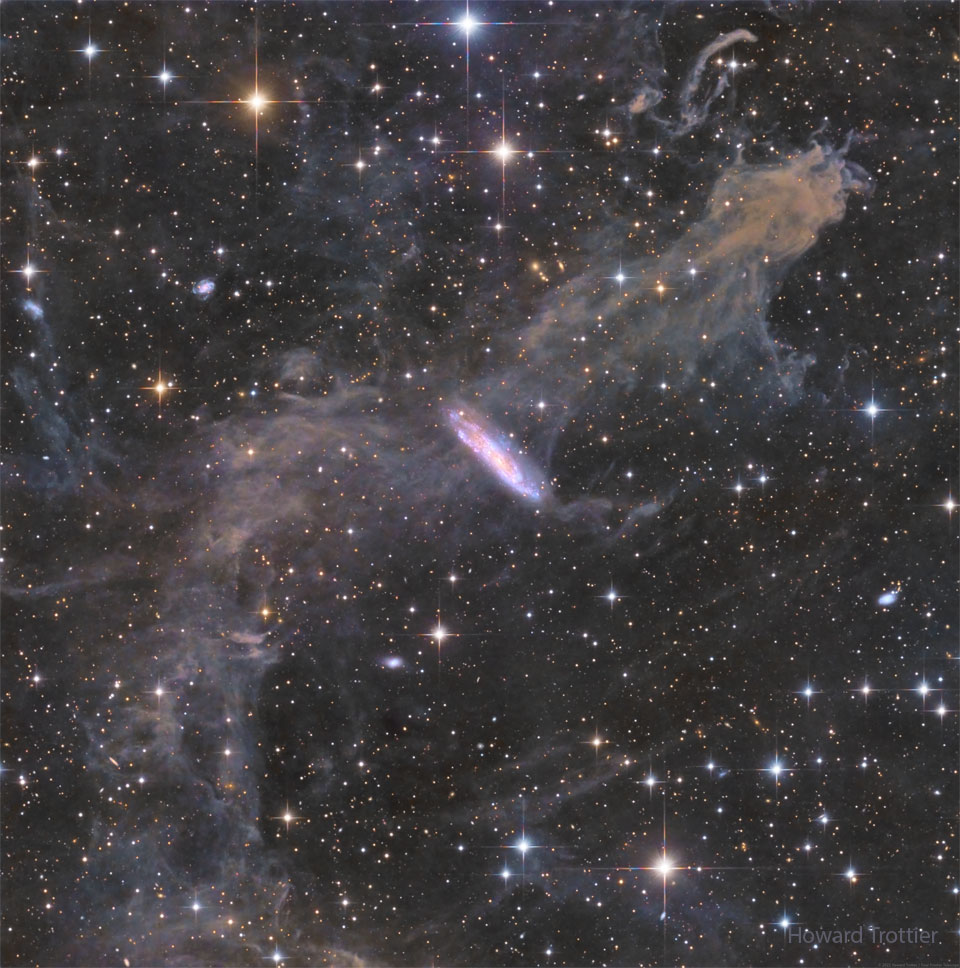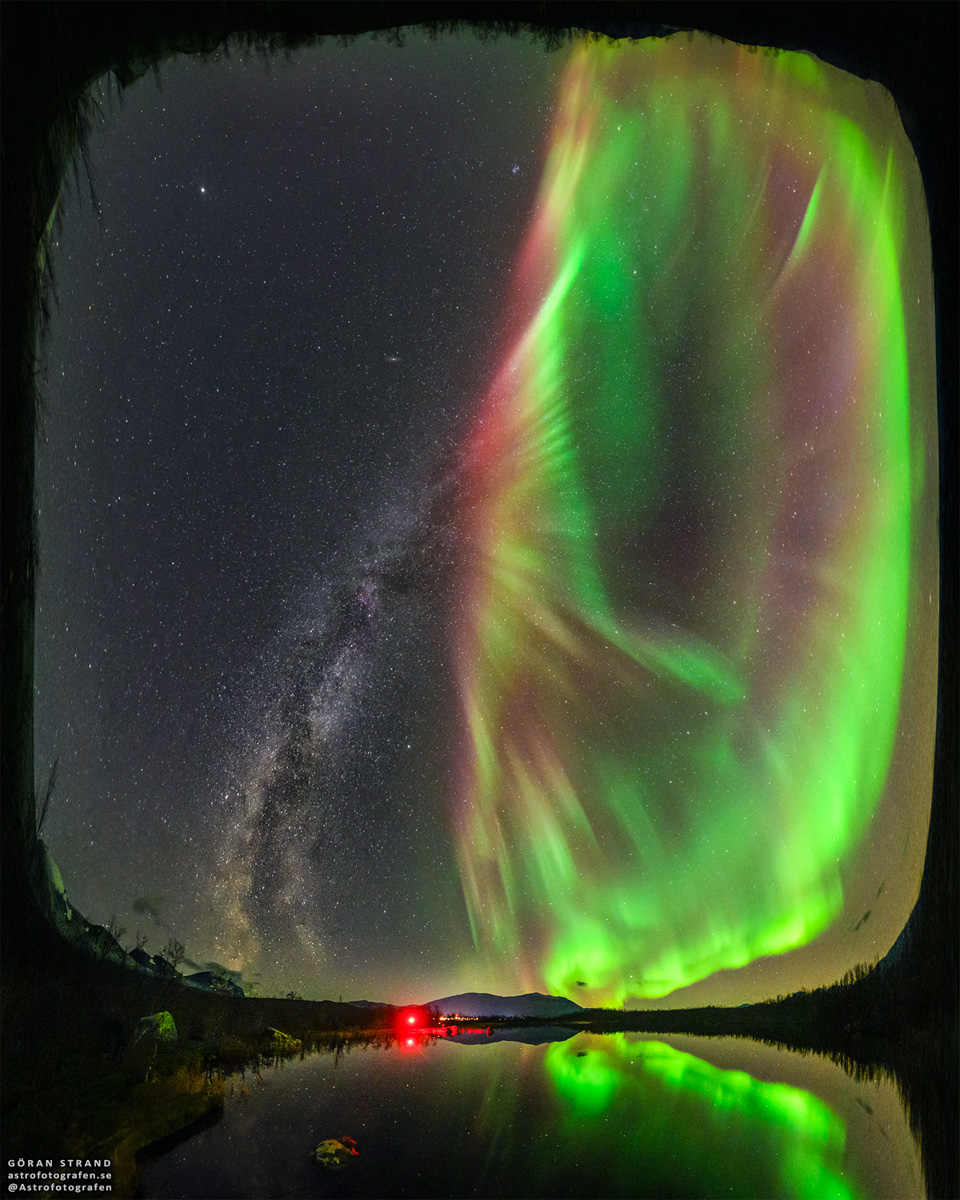NASA leaders, including Deputy Administrator Pam Melroy, will participate in the 2022 ASCEND conference, hosted by the American Institute of Aeronautics and Astronautics (AIAA) in Las Vegas from Monday, Oct. 24, through Wednesday, Oct. 26.
from NASA https://ift.tt/tji8zoB
via IFTTT






